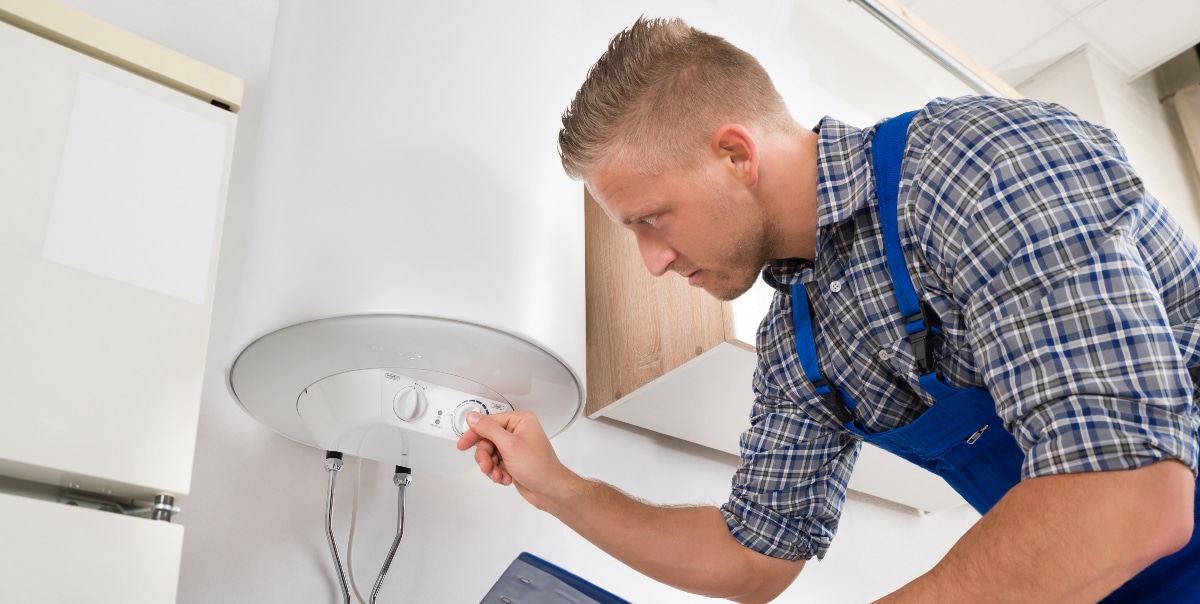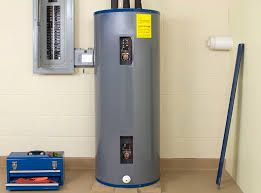What are your ideas concerning What Kind of Maintenance Do Water Heaters Need??

Warm water is vital for everyday convenience, whether it's for a refreshing shower or washing meals. To ensure your hot water system runs effectively and lasts much longer, routine upkeep is essential. This write-up offers sensible tips and understandings on just how to maintain your home's warm water system to avoid interruptions and pricey repairs.
Intro
Preserving your home's warm water system might appear daunting, but with a few straightforward actions, you can guarantee it operates smoothly for many years to come. This guide covers everything from recognizing your warm water system to do it yourself upkeep pointers and recognizing when to call in specialist aid.
Relevance of Preserving Your Hot Water System
Routine maintenance not only expands the life expectancy of your hot water system yet additionally ensures it runs effectively. Neglecting upkeep can result in reduced efficiency, higher power bills, and also premature failing of the system.
Signs Your Hot Water System Requirements Upkeep
Recognizing when your hot water system needs interest can protect against significant issues. Look out for indications such as inconsistent water temperature level, weird noises from the heater, or rusty water.
Flushing the Hot Water Heater
Flushing your water heater gets rid of debris build-up, boosting performance and extending its life.
Checking and Replacing Anode Rods
Anode rods protect against corrosion inside the container. Examining and changing them when worn is essential.
Facility Problems Needing Expert Assistance
Examples include significant leakages, electric issues, or if your water heater is consistently underperforming.
Regular Expert Maintenance Benefits
Professional upkeep can consist of extensive inspections, tune-ups, and ensuring conformity with security criteria.
Examining and Adjusting Temperature Level Settings
Changing the temperature setups makes sure optimal performance and safety and security.
Do It Yourself Tips for Upkeep
You can carry out several upkeep jobs yourself to maintain your warm water system in top problem.
Looking for Leaks
Consistently examine pipes and links for leaks, as these can lead to water damages and higher costs.
Comprehending Your Hot Water System
Prior to diving into upkeep tasks, it's helpful to recognize the fundamental components of your warm water system. Generally, this consists of the water heater itself, pipelines, anode poles, and temperature controls.
Regular Monthly Maintenance Tasks
Regular regular monthly checks can help capture minor concerns before they rise.
Evaluating Stress Relief Valves
Checking the stress relief valve guarantees it functions appropriately and avoids too much pressure build-up.
Insulating Pipelines
Insulating hot water pipelines decreases warmth loss and can save energy.
When to Call a Specialist
While DIY upkeep is beneficial, some problems call for expert experience.
Conclusion
Routine upkeep of your home's hot water system is important for performance, durability, and price financial savings. By following these ideas and knowing when to look for professional aid, you can guarantee a trusted supply of hot water without unanticipated interruptions.
Water Heater Maintenance Tips
Test the TPR Valve
Shut off the power and the cold-water supply valve. Place a bucket under the pipe connected to the temperature-pressure-release (TPR) valve on the top or side of the tank. (This valve opens if the tank pressure gets too high.) Lift the valve’s tab to let some water out, then let go. If water keeps flowing, drain the tank partway, unscrew the old valve with a pipe wrench, and install a new one. Check the Anode Rod
Put a hose to the tank’s drain cock and let out a few gallons of water. Now fit a 1 1/16-inch socket onto the rod’s hex head on top of the heater (or under its top plate) and unscrew the rod. If it’s less than ½ inch thick or coated with calcium, buy a new one, wrap its threads with Teflon tape, put it back in the tank, and tighten securely. Use this segmented rod if headroom above the tank is limited. Drain the Tank and Wash Out Sediment
Drain the remaining water in the tank into the bucket, then stir up the sediment on the tank’s bottom by briefly opening the cold-water supply valve. Drain and repeat until clean water comes out of the hose. Close the drain cock, refill the tank, and turn its power back on. Adjust the Temperature
Find the temperature dial on the side of the tank and unscrew its cover. Adjust the dial to 120 degrees using a flathead screwdriver. For every 10 degrees the temperature is lowered, you can expect to save up to 5 percent in energy costs. Turn the water heater off or the thermostat down to its lowest setting if you plan to be away from home for more than three days. Insulate the Pipes
Buy some self-sticking 3/8-inch-thick foam pipe insulation that matches the pipes’ diameter. Slide the foam over the hot-and cold-water pipes as far as you can reach. Insulating the cold-water pipe prevents condensation in summer. Peel the tape and squeeze the insulation closed. If the pipe is 6 inches or less from the flue, cover it with 1-inch-thick unfaced fiberglass pipe wrap. https://www.thisoldhouse.com/plumbing/21016402/how-to-maintain-a-water-heater

As a devoted person who reads about Tips For Maintaining Your Hot Water Heater, I think sharing that article was appropriate. In case you liked our article please be sure to pass it around. I thank you for your readership.
Need Help? Hire Us Now!